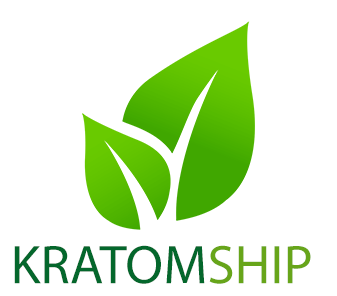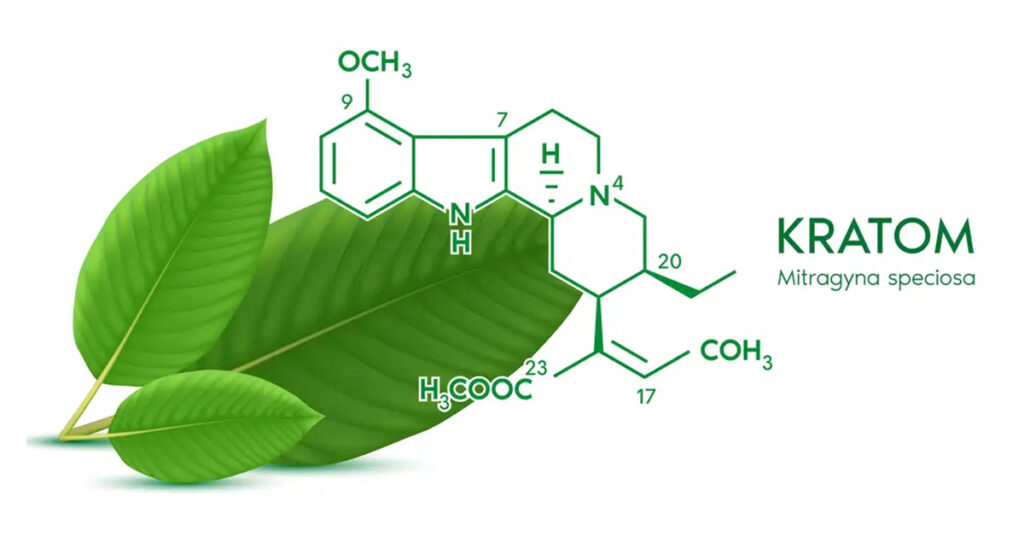Kratom, a tropical evergreen tree native to Southeast Asia, has gained popularity in recent years for its potential medicinal properties. One of the key factors contributing to its effects is the presence of alkaloids in its leaves. Alkaloids are organic compounds that often have pronounced physiological effects on humans. Let’s delve deeper into the science behind kratom’s alkaloids and their impact on the human body.
Understanding Alkaloids
Alkaloids are a diverse group of naturally occurring compounds that are commonly found in plants. These compounds often have a bitter taste and can act as potent biological stimulants or relaxants when ingested. They have been known to interact with specific receptors in the human body, influencing various physiological processes.
Kratom’s Key Alkaloids
Kratom leaves contain numerous alkaloids, but two primary ones stand out: mitragynine and 7-hydroxymitragynine. These alkaloids are responsible for most of kratom’s effects and are structurally similar to other compounds known to interact with opioid receptors.
Mitragynine
Mitragynine is the most abundant alkaloid in kratom, constituting up to 66% of the total alkaloid content. It is known for its stimulating properties at low doses and analgesic (pain-relieving) effects at higher doses. Mitragynine primarily interacts with the body’s mu-opioid receptors, which are involved in pain perception and the reward system.
Research suggests that mitragynine’s activation of mu-opioid receptors is responsible for its analgesic effects, making it a potential natural alternative for managing chronic pain.
7-hydroxymitragynine
7-hydroxymitragynine is another crucial alkaloid in kratom, though it is present in smaller quantities compared to mitragynine. It is a potent partial agonist at mu-opioid receptors, meaning it binds to these receptors and produces effects but to a lesser extent than full agonists like traditional opioids.
Although 7-hydroxymitragynine is not as abundant as mitragynine, its presence is thought to enhance kratom’s overall analgesic and sedative effects.
Interactions with Other Receptors
While mitragynine and 7-hydroxymitragynine mainly interact with mu-opioid receptors, they also influence other receptor systems in the brain. Kratom’s alkaloids have been found to interact with adrenergic, serotonergic, and dopaminergic receptors, contributing to the diverse range of effects reported by users.
Potential Therapeutic Applications
Due to the interactions with mu-opioid receptors, kratom has garnered attention as a potential tool in managing opioid withdrawal symptoms. The activation of these receptors may help ease withdrawal discomfort without inducing the euphoria associated with traditional opioids, making it a potential harm reduction strategy for opioid dependence.
Moreover, the analgesic effects of kratom have sparked interest in its potential as a natural pain management option. Some individuals prefer kratom over traditional painkillers due to its reportedly lower risk of respiratory depression and other adverse side effects associated with opioid medications.
Controversies and Concerns
While kratom’s alkaloids offer potential benefits, they have also raised concerns among health authorities. The U.S. Food and Drug Administration (FDA) has expressed worries about the safety of kratom products and has issued warnings about potential risks, including addiction, overdose, and even fatalities associated with their use.
Additionally, long-term use of kratom may lead to the development of tolerance and dependence, similar to traditional opioids, making it essential for users to exercise caution and moderation.
Conclusion
The science behind kratom’s alkaloids provides valuable insights into the mechanisms through which this natural plant may exert its effects. Mitragynine and 7-hydroxymitragynine, among other alkaloids, interact with opioid receptors and other receptor systems in the brain, influencing various physiological processes. While kratom shows promise as a potential therapeutic agent for pain management and opioid withdrawal, it is crucial to approach its use with caution and be aware of potential risks and concerns associated with its consumption.
Related posts:
- Differences Between CBD and Kratom CBD and Kratom are two natural substances that have gained...
- Kratom and Its Effects on Anxiety and Depression Anxiety and depression are two common mental health conditions affecting...
- Boosting Productivity and Concentration: The Kratom Connection Kratom, a tropical tree native to Southeast Asia, has gained...
- Kratom’s Influence on Serotonin and Dopamine: The Neurochemistry Explained Kratom, derived from the leaves of the Mitragyna speciosa tree,...


